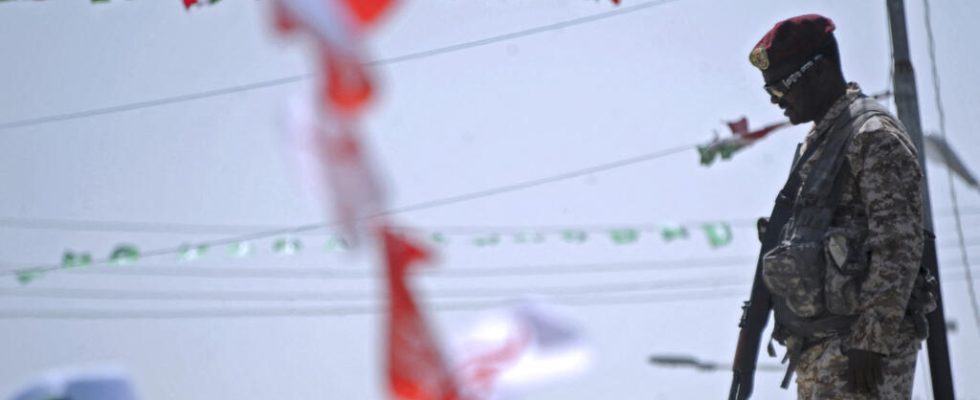Since the end of February, clashes have pitted the army of this self-proclaimed state against local fighters who are demanding the return of three regions (Sool, Sanaag and Cayn (SSC)) to Mogadishu.
With our correspondent in Nairobi, Florence Morice
The fighting has left at least 200 medical deaths and displaced nearly 200,000 people. Several mediations have been attempted to get out of this crisis, but for the moment, they have yielded nothing.
The Ethiopians are the first to have attempted mediation. Addis Ababa has sent emissaries to Somaliland, received delegations from both sides, but the process has stalled. The Dhulbahante leaders, fighting against Hargeisa (capital of Somaliland), refuse to negotiate until Somaliland has withdrawn its forces from Las Anod.
This week, a delegation of Western ambassadors, British and American in particular, also asked to meet the President of Somaliland, but the latter ” denied “laments a diplomatic source. A call would be in negotiation. ” President Muse Bihi “Is in the fold, worries this source.
It must be said that the tone has recently risen between Hargeisa and Washington. On March 30, the US State Department called on Somaliland to withdraw its security forces from conflict areas and hold the postponed elections last November without delay, even threatening to use visa restrictions against anyone held responsible. to weaken “ the democratic process “. A few days later, reply from the Minister of Foreign Affairs of Somaliland, who in turn deplored Washington’s lack of commitment to this crisis.
However, Hargeisa plays big with this conflict. In recent years, the self-proclaimed state had taken key steps in its quest for international recognition by capitalizing in particular on its stability, an argument that it can no longer advance today.
